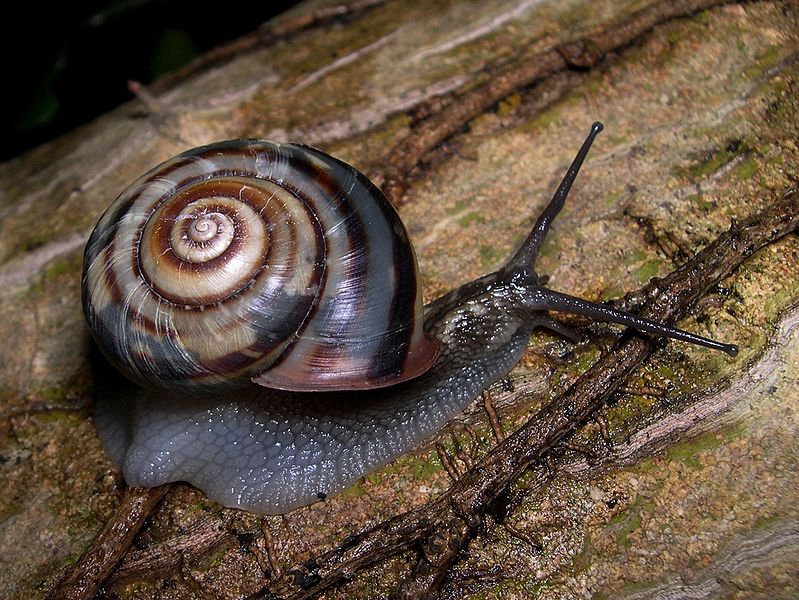Copyright © University of Cambridge. All rights reserved.
'The Golden Ratio' printed from https://nrich.maths.org/
Show menu
The Golden Ratio
and the human body
This exercise is divided into 3 parts:
A. The golden ratio
 Measure the following:
Measure the following:
-
Distance from the ground to your belly button
-
Distance from your belly button to the top of your head
-
Distance from the ground to your knees
-
Distances A, B and C
-
Length of your hand
-
Distance from your wrist to your elbow
Now calculate the following ratios:
-
Distance from the ground to your belly button / Distance from your belly button to the top of your head
-
Distance from the ground to your belly button / Distance from the ground to your knees
-
Distance C / Distance B
-
Distance B / Distance A
-
Distance from your wrist to your elbow / Length of your hand
Write all your results on the following table:
|
Student name |
Ratio 1 |
Ratio 2 |
Ratio 3 |
Ratio 4 |
Ratio 5 |
|
|
|
|
|
|
|
|
... |
|
|
|
|
|
|
Average |
|
|
|
|
|
Can you see anything special about these ratios?
B. The fibonacci sequence
Now look at the following sequence of numbers:
1, 1, 2, 3, 5, 8, 13, 21, 34, 55, 89...
The following number is the sum of the previous two. This is Fibonacci's sequence.
Now do the following ratios on a calculator and give answers in non-fraction numbers:
1/2 =
3/2 =
5/3 =
8/5 =
13/8 =
21/13 =
34/21 =
55/34 =
89/55 =
As you go on and on dividing a number in the sequence by the previous number you get closer and closer to the number you discovered in the first part of the exercise, phi = $\phi$ = 1.6180339887498948482.
C. The golden rectangle
We can also draw a rectangle with the fibonacci number's ratio. From this rectangle we can then derive interesting shapes.
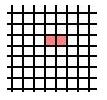
First colour in two 1x1 squares on a piece of squared paper:

Then draw a 2x2 square on top of this one:

Then draw a 3x3 square to the right of these:
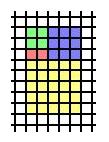
Then draw a 5x5 square under these:
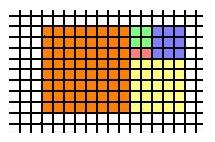
Then draw a 8x8 square to the left of these:

Then draw a 13x13 square on top of these:
We could go on like this forever, making bigger and bigger rectangles in which the ratio of length/ width gets closer and closer to the Fibonacci number.
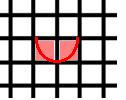 Let's try making a more interesting shape, going back to our first 1x1 squares and using a compass, place the compass tip on the top right hand corner of the right hand square and draw a semi circle like this:
Let's try making a more interesting shape, going back to our first 1x1 squares and using a compass, place the compass tip on the top right hand corner of the right hand square and draw a semi circle like this:

Then place the compass tip on the bottom left corner of the 2x2 square and draw an arc like this:
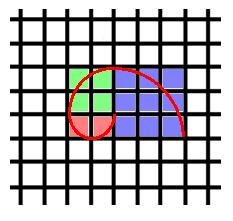
Then place the compass tip on the left hand, top corner of the 3x3 square and do the same:
Do the same for the other three squares to obtain:
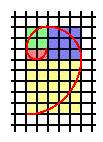

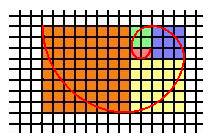
This shape is widely found in nature, can you find any other examples?
